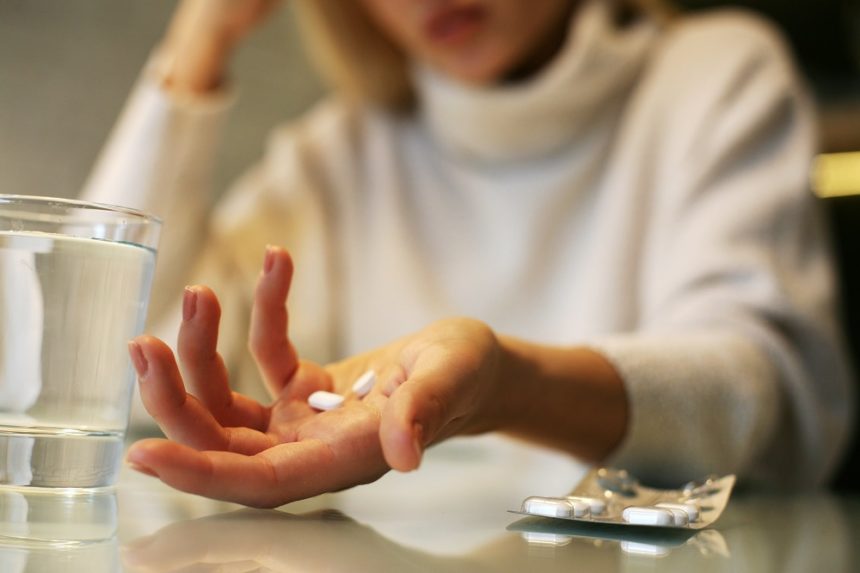If you or someone you know is struggling with opioid addiction, it can feel like a never-ending battle. Opioid addiction is a complex issue that affects not only the individual but also their loved ones. However, the good news is that there is hope for recovery through opioid rehab.
What are opioids used for?
Opioids are a class of drugs that include prescription painkillers like oxycodone, hydrocodone, and codeine, as well as illicit drugs like heroin. These medications work by attaching to specific receptors in the brain, spinal cord, and other parts of the body to reduce pain and produce feelings of pleasure or euphoria.
Opioids have medical applications and are prescribed by doctors to manage pain after surgery, injury, or chronic conditions such as cancer. They can be effective in treating pain when used as directed by a medical professional. However, because opioids have the potential to create a sense of euphoria, they can become addictive.
Why do opioids become addictive?
Opioid addiction occurs when you continue to use opioids even when it causes negative consequences. These include health problems, financial difficulties, and strained relationships. The longer you’re on opioids, the higher your tolerance becomes. In other words, you’ll need more of the drug to feel the same effects. This can lead to dependence, where you’ll feel like you need the drug to function normally.
The signs of opioid addiction can vary depending on the individual, but common symptoms include:
- Using opioids in larger amounts or for longer periods than intended
- Inability to cut down or stop using opioids
- Spending a lot of time looking for, getting, using, and recovering from opioids
- Neglecting responsibilities such as work, school, or family obligations
- Continued use of opioids despite negative consequences
- Unpleasant withdrawal symptoms when you try to stop using
Withdrawal symptoms
Withdrawal symptoms from opioids can be uncomfortable and potentially dangerous. The severity and duration of withdrawal symptoms can vary. This depends on the type of opioid used, the length of use, and your overall health status.
Common withdrawal symptoms from opioids include:
- Nausea and vomiting
- Diarrhea
- Abdominal cramps
- Sweating
- Chills
- Muscle aches and pains
- Insomnia
- Anxiety
- Depression
- Irritability
- Cravings for opioids
Respiratory depression
One of the most dangerous symptoms of opioid withdrawal is respiratory depression. Opioids can slow down or suppress the respiratory system, which can lead to shallow or slow breathing. When you stop using opioids, your body can overcompensate and increase the respiratory rate, leading to hyperventilation. This can cause an imbalance in oxygen and carbon dioxide levels in the body, leading to respiratory failure, coma, and potentially death.
It’s crucial to seek medical attention if you or someone you know is experiencing opioid withdrawal symptoms, especially if respiratory depression is present. Medical professionals can monitor and manage symptoms to ensure your safety.
If you try to quit cold turkey, it’s dangerous and can be life-threatening. This method increases your risk of developing respiratory depression. It’s recommended to seek professional help when withdrawing from opioids to ensure the safety and success of the detoxification process. Medical professionals can provide medication-assisted treatment to manage withdrawal symptoms and prevent respiratory depression.
If you or someone you know is experiencing these symptoms, it’s essential to seek help. Opioid addiction is a chronic condition that requires professional treatment to overcome.

What happens during opioid rehab?
Rehabilitation for opioid addiction is a long process with many parts working together. It typically includes a range of behavioral therapies and medical treatments. The goal of rehab is to help you overcome your addiction, manage withdrawal symptoms, and learn the skills you need to maintain a drug-free lifestyle.
Medication-assisted treatment (MAT) is a type of rehab that uses medications like methadone, buprenorphine, and naltrexone to reduce cravings and manage withdrawal symptoms. MAT is often combined with behavioral therapy to help you maintain long-term recovery.
Behavioral therapies are crucial components of rehab. They help you address the underlying issues that led to your addiction. Behavioral therapies like cognitive-behavioral therapy (CBT) and dialectical behavior therapy (DBT) can teach you coping skills and help you manage triggers that may lead to relapse.
Inpatient rehab is a type of treatment where you will stay in a facility for an extended period, typically ranging from 30 to 90 days. Inpatient rehab provides a structured environment where you can focus solely on your recovery. You will receive around-the-clock care from medical professionals and mental health specialists.
Outpatient rehab is a more flexible option if you cannot take time away from work or family obligations. Outpatient rehab typically involves attending therapy sessions a few times a week and receiving medication-assisted treatment.
What will happen after opioid rehab?
After completing rehab, it’s important to continue with aftercare to maintain long-term recovery. Aftercare can include attending support groups like Narcotics Anonymous or SMART Recovery, continuing therapy, and regularly checking in with a healthcare professional.
Seeking rehab is critical if you want to stamp out any drug addiction. Opioid addiction is a complex issue that requires professional treatment to overcome. Attempting to quit on your own can be dangerous and lead to potentially life-threatening withdrawal symptoms. Seeking professional help is the best way to receive the care you need so you can recover and live drug-free.
Rehab can be a challenging process, but it’s important to remember that recovery is possible. With the right treatments and support system, you can overcome opioid addiction. Later on, you will live a fulfilling, drug-free life once again.
It’s important to note that everyone’s journey to recovery is unique, and there is no one-size-fits-all approach to rehab. It’s crucial to work with a healthcare professional to develop a personalized treatment plan that addresses your specific needs. With the right treatment and support, individuals can successfully overcome their addiction and live a healthy, drug-free life. Remember, recovery is possible, and there is hope for a brighter future.

